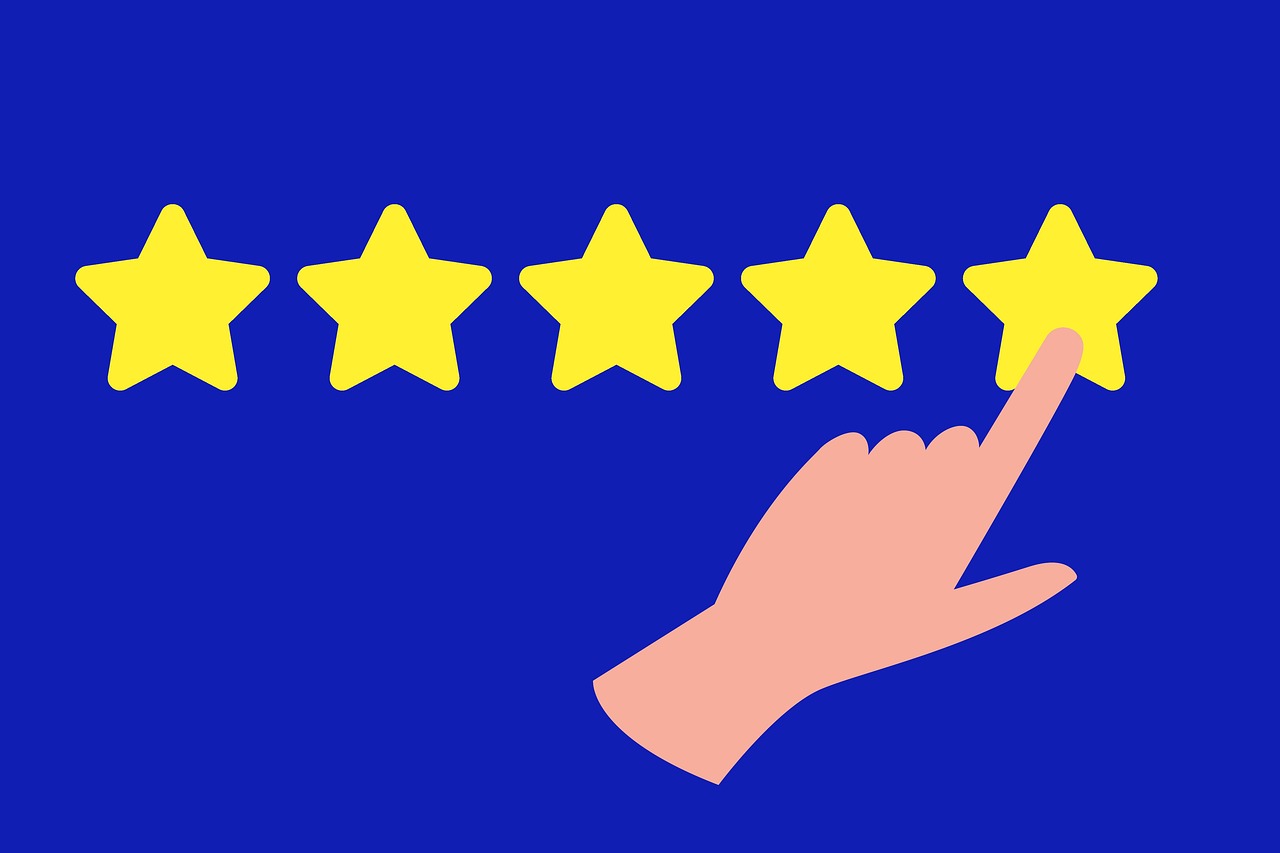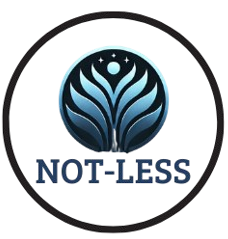 What does life look like when the dream of parenthood ends, but your story keeps going? That’s the question I’ve wrestled with—and here are five lessons I’ve learned along the way.
What does life look like when the dream of parenthood ends, but your story keeps going? That’s the question I’ve wrestled with—and here are five lessons I’ve learned along the way.
For me, the end of parenthood didn’t arrive in one dramatic moment. It was a slow unraveling after years of infertility treatments, failed adoption, and fostering. Living childfree not by choice wasn’t something I ever imagined. But over the past 1.5 years, I’ve learned truths I wish I had known earlier.
1. Grief is not linear.
Grief was the first emotion I felt, and I later realized it does not follow a neat timeline. Some days are easier, some days hit unexpectedly hard—and that’s normal.
For example, yesterday when I dropped my nephew off at college, a parent in the dorm hallway asked me, ‘What is your son studying?’ A perfectly normal question. Automatically, I responded, ‘My son is studying film.’
Later, I reflected that I don’t have a son, even though my nephew feels like one. And I won’t ever have a biological son. The painful twinge peaked—and then I let it go. I can’t remain there anymore. On most days now, I feel lighter and less weighed down by grief.
2. Language matters.
When I began using “childfree not by choice” instead of “childless”, something shifted in how I saw myself.
Words like ‘childless’ made me feel like I was lacking or that I had failed. But ‘childfree’ focuses more on truth and wholeness. And adding ‘not by choice’ acknowledges the reality. This small shift in language gave me permission to feel whole again.
3. Social boundaries are essential.
It’s okay to skip a baby shower, mute pregnancy announcements, or decline conversations that hurt. Protecting yourself is not selfish—it’s survival.
Just as someone in recovery avoids triggering situations, we can too. We don’t have to tolerate what harms us. We don’t have to apologize for protecting ourselves. Setting boundaries is not weakness—it’s a way to nurture and preserve our strength.
4. Healing takes both time and choice.
Journaling, therapy, rituals, creative projects—whatever tools help, lean on them. Healing isn’t about erasing grief but making space for joy again.
When my therapist encouraged me to read, I hesitated. I hadn’t picked up a book in years. In my quest for parenthood, I had given up that joy. But when I finally read stories of women like me, I felt less alone, less isolated. That gave me courage to join online communities.
Now, my next step is to find a community in person. Healing has become less about waiting for pain to disappear and more about choosing tools and connections that help me step forward.
5. You’re allowed to imagine a new future.
Letting go of one dream doesn’t mean giving up—it means making space for other possibilities, even ones you can’t see yet.
When you’re locked in tunnel vision, as I was for so long, you can’t see other paths. But when you release the dream that consumed you, you open yourself to a new kind of freedom. You begin to notice choices again—from what you’ll have for breakfast to what direction your life might take.
It doesn’t mean you have the answers right away. But you have discovery, exploration, and the power to create. That’s how I’ve started to reclaim control of my story. As Brianna Wiest writes in *The Pivot Year*, there’s a ‘golden vortex of possibility’ waiting when you dare to let go.
Closing Reflection
If you’re walking this path, I want you to know you’re not alone. There are more of us than society admits, and your story is valid exactly as it is.
I’d love to hear what lessons you’ve learned on your own journey of being childfree not by choice. Share in the comments—or reach out. I truly believe connection is part of healing.
If you’d like to read more from me, subscribe to my Substack: @stephanie.schantz

